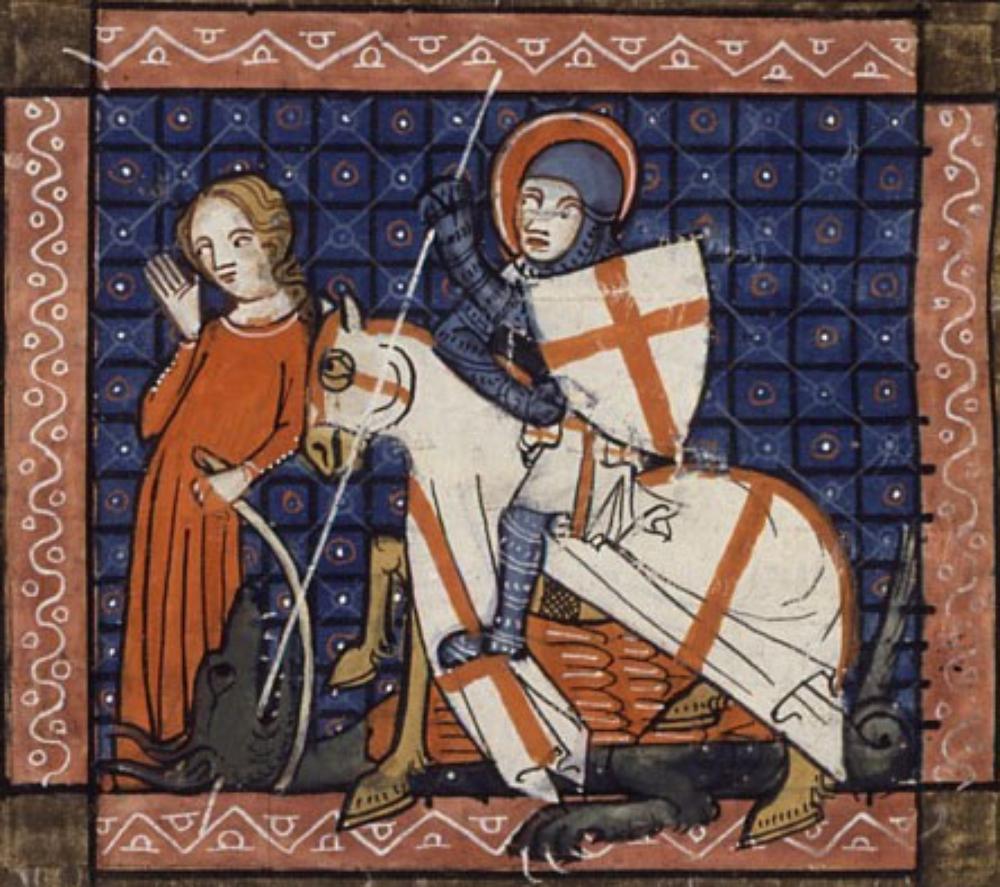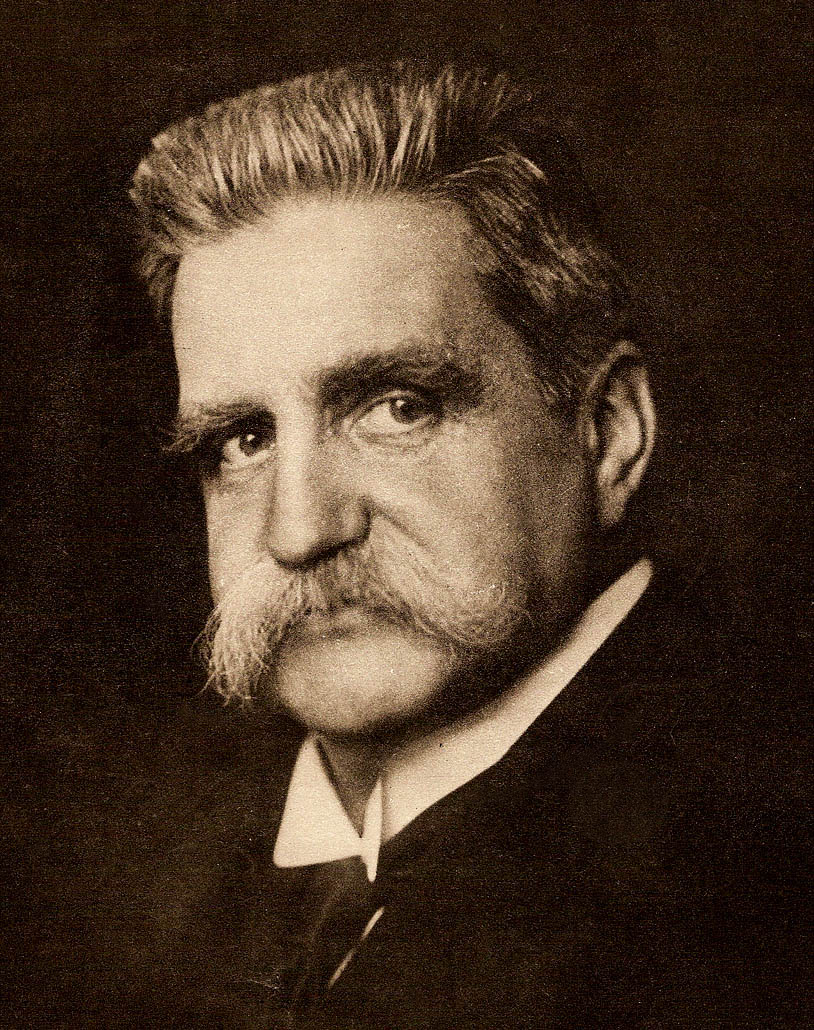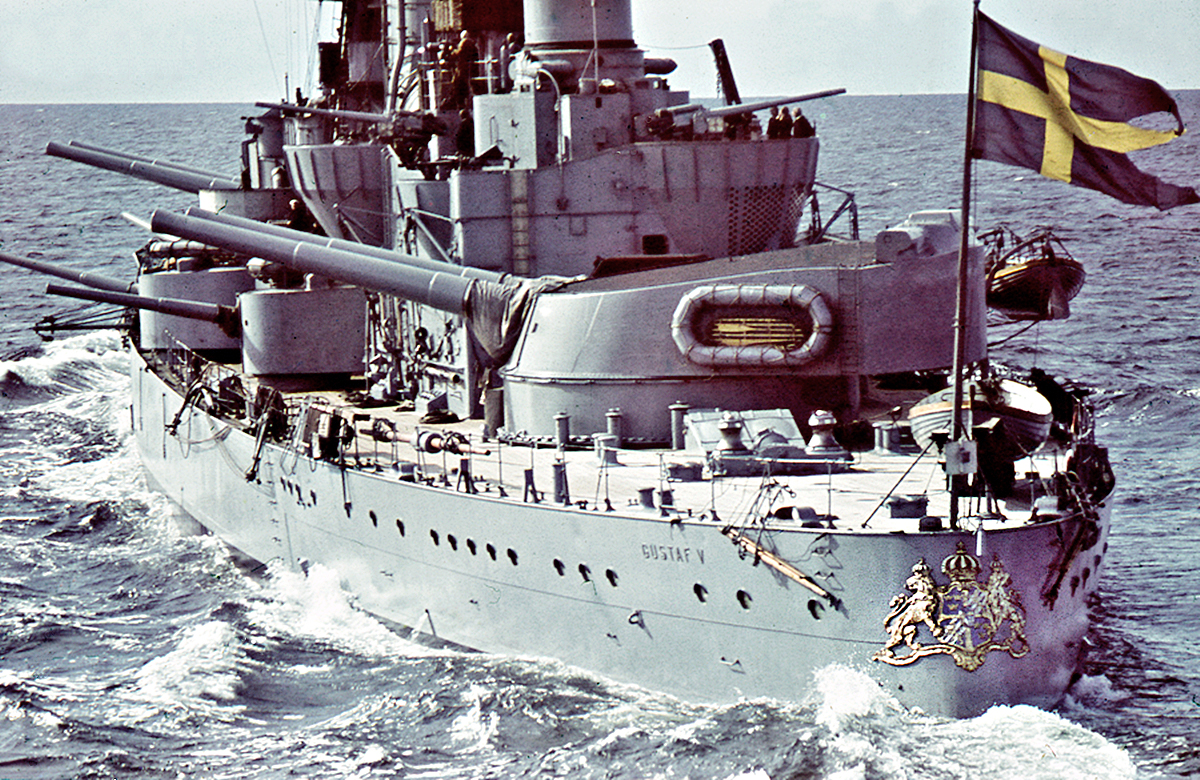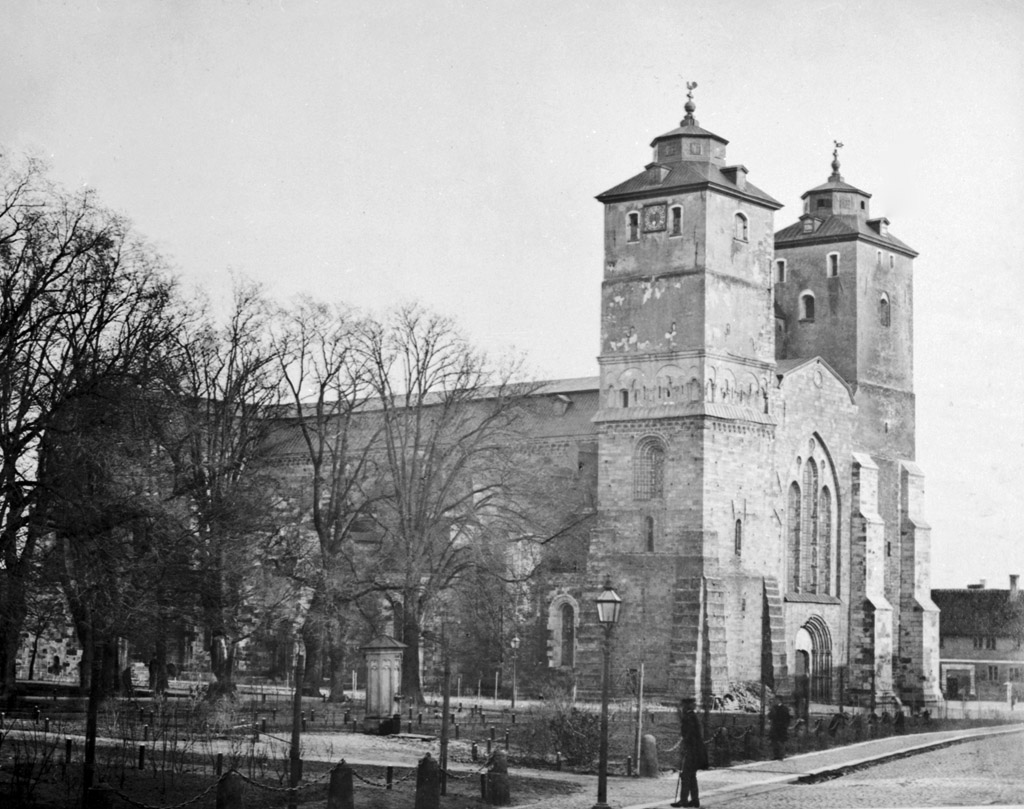|
Flag Of Skåneland
Flag of Scania () refers to two different flags, of which one is a banner of the provincial coat of arms featuring a griffin, griffin head, and the other is a flag with a Scandinavian cross, the Scanian Cross Flag. They both are used as a provincial flag representing Scania (), the southernmost province of Sweden. While the banner only represents Scania, some assert that the cross flag represents the entire Skåneland, which is not just Scania but also Blekinge and Halland. The flag is sometimes seen also in Blekinge, but rarely in Halland. The cross flag is used by the Region when the council is in session, alongside the Swedish national flag, the European Union flag and the council's own banner, so it's officially used. The traditional province of Scania also has ''arms'' bearing a red griffin head in a golden field, and the official flag of the province is thus a banner of arms based on this arms. (But is next to never used as ''a flag'') The modern provincial authorities also ... [...More Info...] [...Related Items...] OR: [Wikipedia] [Google] [Baidu] |
Scania
Scania ( ), also known by its native name of Skåne (), is the southernmost of the historical provinces of Sweden, provinces () of Sweden. Located in the south tip of the geographical region of Götaland, the province is roughly conterminous with Skåne County, created in 1997. Like the other historical provinces of Sweden, Scania still features in colloquial speech and in cultural references, and can therefore not be regarded as an archaic concept. Within Scania there are 33 municipalities of Sweden, municipalities that are autonomous within the Skåne Regional Council. Scania's largest urban areas of Sweden, city, Malmö, is the third-largest city in Sweden, as well as the fifth-largest in Scandinavia. To the north, Scania borders the historical provinces of Halland and Småland, to the northeast Blekinge, to the east and south the Baltic Sea, and to the west Öresund. Since 2000, a road and railway bridge, the Öresund Bridge, bridges the Öresund, Sound and connects Scania ... [...More Info...] [...Related Items...] OR: [Wikipedia] [Google] [Baidu] |
Saint George's Cross
In heraldry, Saint George's Cross (or the Cross of Saint George) is a red cross on a white background, which from the Late Middle Ages became associated with Saint George, the military saint, often depicted as a crusader. Associated with the crusades, the red-on-white cross has its origins in the 10th century. It has been used as the ensign of the Republic of Genoa from perhaps as early as the 10th century. The symbol was adopted by the Swabian League in the pre-Reformation Holy Roman Empire. George became associated as patron saint of England in the fourteenth century, replacing St Edmund the Martyr. Since then this flag is commonly identified as the national flag of England. Saint George is the patron saint of Catalonia and of the country of Georgia. It figures in the coat of arms of Barcelona. The national flag of Georgia supplements this cross with Jerusalem crosses. Across the rest of Northern Italy as the symbol of Bologna, Genoa, Padua, Reggio Emilia, ... [...More Info...] [...Related Items...] OR: [Wikipedia] [Google] [Baidu] |
Flag Of The Swedish-speaking Finns
The flag of the Swedish-speaking Finns is an unofficial red flag with a yellow Nordic Cross Flag, cross used in the Swedish-speaking parts of Finland to represent the Finland-Swedes. It may be flown in addition to the Flag of Finland, Finnish blue and white flag. This flag is unfamiliar to many in Finland but there have been attempts to introduce it again to a broader audience as what is known as "Household pennants of Finland, household pennants" (Finnish ''isännänviirit'', Swedish ''husbondsvimplar'') demonstrating one's identity as Swedish-speaking, are more common and can be seen on many flagpoles in areas where there live many Swedish-speaking Finns, especially in countryside. The flag may have been used in the 16th century, As such, the flag is based on a proposal to civil ensign put forward by the Senate flag committee in 1917. This proposal included nine white roses in the upper left corner. It also contains the same colours as one of the candidates for the Finnish flag ... [...More Info...] [...Related Items...] OR: [Wikipedia] [Google] [Baidu] |
Flag Of The Kalmar Union
Kalmar (, , ) is a city in the southeast of Sweden, situated by the Baltic Sea. It had 41,388 inhabitants in 2020 and is the seat of Kalmar Municipality. It is also the capital of Kalmar County, which comprises 12 municipalities with a total of 236,399 inhabitants (2015). Kalmar is the third largest urban area in the province and cultural region of Småland. From the thirteenth to the seventeenth centuries, Kalmar was one of Sweden's most important cities. Its name was until the second half of the nineteenth century spelled '' Calmar. '' Between 1602 and 1913 it was the episcopal see of Kalmar Diocese, with a bishop, and the Kalmar Cathedral from 1702 is an example of classicistic architecture. It became a fortified city, with the Kalmar Castle as the center. After the Treaty of Roskilde in 1658, Kalmar's importance diminished, until the industry sector was initiated in the 19th century. The city is home to parts of Linnaeus University. The city plays host to the Live at ... [...More Info...] [...Related Items...] OR: [Wikipedia] [Google] [Baidu] |
Henrik Fritzon
Henrik Fritzon (born 3 July 1972) is a Swedish politician of the Social Democrats. He was the Chair of the Executive Committee of the Skåne Regional Council (in Swedish) from 2014 to 2018. He is married to Heléne Fritzon, currently the Minister for Migration and Asylum Policy, and they live in Degeberga, |
Swedish Social Democratic Party
The Swedish Social Democratic Party, formally the Swedish Social Democratic Workers' Party ( , S or SAP), usually referred to as The Social Democrats ( ), is a social democratic political party in Sweden. The party is member of the Progressive Alliance and the Party of European Socialists. Founded in 1889, the SAP is the country's oldest and currently largest party. From the mid-1930s to the 1980s, the Social Democratic Party won more than 40% of the vote. From 1932 to 1976, the SAP was continuously in government. From 1982 to 2022, the party was in government with the exception of the periods 1991–1994 and 2006–2014. Since 2022, the party has been out of government. It participates in elections as "The Workers' Party – The Social Democrats" ( ). The first female PM in Swedish history, Magdalena Andersson, is the current leader of the Social Democratic Party. History Founded in 1889 as a member of the Second International, a split occurred in 1917 when the left soci ... [...More Info...] [...Related Items...] OR: [Wikipedia] [Google] [Baidu] |
Sveriges Television
Sveriges Television AB ("Sweden's Television aktiebolag, Stock Company"), shortened to SVT (), is the Sweden, Swedish national public broadcasting, public television broadcaster, funded by a public service tax on personal income set by the Riksdag (national parliament). Prior to 2019, SVT was funded by a Television licensing in Sweden, television licence fee payable by all owners of television sets. The Swedish public broadcasting system is largely modelled after the system used in the United Kingdom, and Sveriges Television shares many traits with its British counterpart, the BBC. SVT is a public limited company that can be described as a "quasi-autonomous non-governmental organisation." Together with the other two public broadcasters, Sveriges Radio and Sveriges Utbildningsradio, it is owned by an independent foundation, ''Foundation Management for SR, SVT, and UR, Förvaltningsstiftelsen för Sveriges Radio AB, Sveriges Television AB och Sveriges Utbildningsradio AB''. The fou ... [...More Info...] [...Related Items...] OR: [Wikipedia] [Google] [Baidu] |
Flag Of Sweden
The national flag of Sweden () consists of a yellow or gold Nordic cross (i.e. a horizontal cross extending to the edges, with the crossbar closer to the hoist than the fly) on a field of light blue. The Nordic cross design traditionally represents Christianity. The design and colours of the Swedish flag are believed to have been inspired by the present coat of arms of Sweden of 1442, which is blue divided quarterly by a cross pattée of gold. Blue and yellow have been used as Swedish colours at least since Magnus III's royal coat of arms of 1275. Specifics Ratio and colour scheme The Swedish flag is one of only five that use the ratio 5:8, the others being Argentina, Guatemala, Palau, and Poland. It is one of only four flags that currently use the colour scheme of blue and yellow, the others being Kazakhstan, Palau, and Ukraine. State flag and civil ensign The dimensions of the Swedish flag are 5:2:9 horizontally and 4:2:4 vertically. The dimensions of the Swedish flag ... [...More Info...] [...Related Items...] OR: [Wikipedia] [Google] [Baidu] |
Flag Of Denmark
The flag of Denmark (, ) is red with a white Nordic cross, which means that the cross extends to the edges of the flag and that the vertical part of the cross is shifted to the hoist side. A banner with a white-on-red cross is attested as having been used by the kings of Denmark since the 14th century."Dannebrog" by Hans Christian Bjerg, p.12, . An origin legend with considerable impact on Danish national historiography connects the introduction of the flag to the Battle of Lindanise of 1219. The elongated Nordic cross, which represents Christianity, reflects its use as a maritime flag in the 18th century. The flag became popular as a national flag in the early 16th century. Its private use was outlawed in 1834 but again permitted by a regulation of 1854. The flag holds the Guinness world record of being the oldest continuously used national flag, that is since 1625. Description A 1748 regulation, which is still in force, defines the flag as constructed of two squares of , ... [...More Info...] [...Related Items...] OR: [Wikipedia] [Google] [Baidu] |
Nordic Cross Flag
A Nordic cross flag is a flag bearing the design of the Nordic or Scandinavian cross, a cross symbol in a rectangular field, with the centre of the cross shifted towards the hoist. All independent Nordic countries have adopted such flags in the modern period, and while the Nordic cross is named for its use in the national flags of the Nordic nations, the term is used universally by vexillologists, in reference not only to the flags of the Nordic countries but to other flags with similar designs. The cross design represents Christianity, and was first seen in the ''Dannebrog'', the national flag of Denmark in the first half of the 13th century. The same design, but with a red Nordic cross on a yellow background, was used as union flag during the Kalmar union (1397 to 1523), and when that union fell apart in 1523 the same design, but with a yellow cross on a blue background (derived from the Swedish coat of arms adopted in 1442), was adopted as national flag of Sweden, while N ... [...More Info...] [...Related Items...] OR: [Wikipedia] [Google] [Baidu] |
Svenska Heraldiska Föreningen
Swedish or ' may refer to: Anything from or related to Sweden, a country in Northern Europe. Or, specifically: * Swedish language, a North Germanic language spoken primarily in Sweden and Finland ** Swedish alphabet, the official alphabet used by the Swedish language * Swedish people or Swedes, persons with a Swedish ancestral or ethnic identity ** A national or citizen of Sweden, see demographics of Sweden ** Culture of Sweden * Swedish cuisine See also * * Swedish Church (other) * Swedish Institute (other) * Swedish invasion (other) * Swedish Open (other) Swedish Open is a tennis tournament. Swedish Open may also refer to: * Swedish Open (badminton) * Swedish Open (table tennis) * Swedish Open (squash) * Swedish Open (darts) {{disambiguation ... {{disambig Language and nationality disambiguation pages ... [...More Info...] [...Related Items...] OR: [Wikipedia] [Google] [Baidu] |
Archbishop Of Lund
List of (arch)bishops of Lund. Until the Reformation in Denmark, Danish Reformation the centre of a great Latin (arch)bishopric, Lund has been in Sweden since the Treaty of Roskilde in 1658. The Diocese of Lund is now one of thirteen in the Church of Sweden. Catholic Episcopate ''(all Roman Rite; some dates disputed according to the source)'' ;''Suffragan Bishops of Lund'' * biskop Henrik, Lund, Henrik (1060–1065? or 1048? – death 21 August 1060) * Egino, Bishop of Dalby, Egino (1065? – death 19 October 1072); ?former bishop of Diocese of Dalby, Dalby * (1072 or 1075 – death 26 May 1089) * Ascer (1089–1103 ''see below'') ;''Metropolitan Archbishops of Lund'' * Ascer (''see above'' 1103 – death 5 May 1137) * biskop Eskil, Eskil (1138 or 1137–1177 or 1179) * Absalon Hvide (1177 or 1179 – death 21 March 1201) * Andreas Sunesen (1201–1222 or 1223) * (11 January 1224 – death 11 July 1228) * (1228 or 1230 – death 15 December 1252) * Jakob Erlandsen (13 Au ... [...More Info...] [...Related Items...] OR: [Wikipedia] [Google] [Baidu] |







